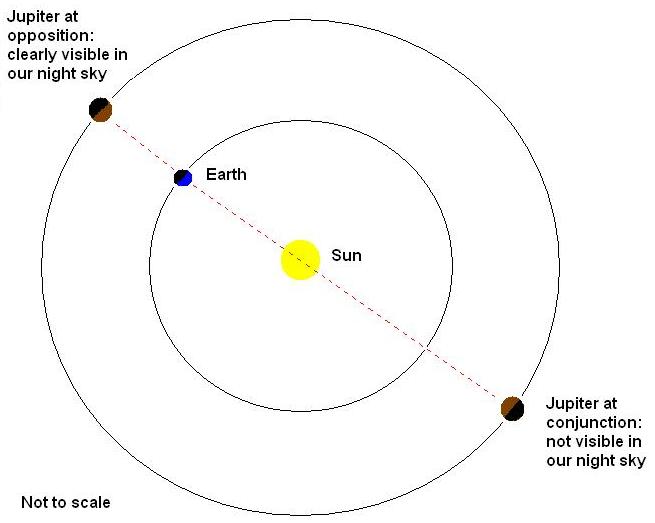After several cancelled viewings due to poor weather, we finally got a successful viewing in this Saturday, April 12 – in terms of weather and attendance! The sky cleared up before the viewing and the clouds rolled back in just as it was ending. About 25 people came out and were treated to views through our telescope and astronomy instruction. Our telescope operator for the night, Mark (a volunteer from RASC) showed guests Jupiter and its moons followed up by Earth’s own Moon.
While guests waited for their opportunity to go up to the telescope, fellow RASC volunteer Brian discussed the viewing objects, gave a tour of the night sky using Stellarium, and answered general astronomy questions.
It was an enjoyable night of astronomy for all involved and we hope to see just as many people at our next viewing. The time for the next public viewing is not yet set, but will likely be the second Saturday in May. Details will be posted here when available.
Public viewings are co-hosted by the UPEI Physics Department and the Charlottetown Centre of the Royal Astronomical Society of Canada (RASC).







